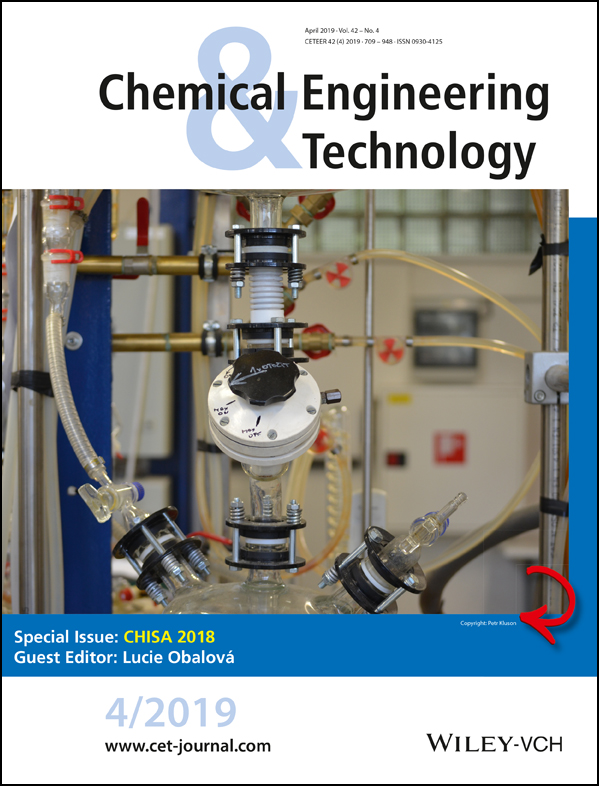Direct Coal Liquefaction Using Iron Carbonyl Powder Catalyst
Abstract
Direct coal liquefaction involves catalyzed interactions between molecular hydrogen and coal-oil slurries at elevated pressure and temperature, typically in the presence of an iron-based catalyst. Iron carbonyl powder as an alternative first-stage catalyst was investigated. A series of experimental tests under mild liquefaction conditions were carried out with a high-pressure batch reactor in order to compare the performance of the iron carbonyl precursor to the traditional superfine iron oxide catalyst. The carbonyl iron powder performed very well in terms of total conversion of coal as well as yield of coal oil product. The iron carbonyl powder acts as an effective precursor for the in situ generation of active iron sulfide. The simple kinetic models for coal liquefaction in the literature were found to be qualitatively consistent with the yields of preasphaltenes, asphaltenes, and oils obtained from the experiments.




